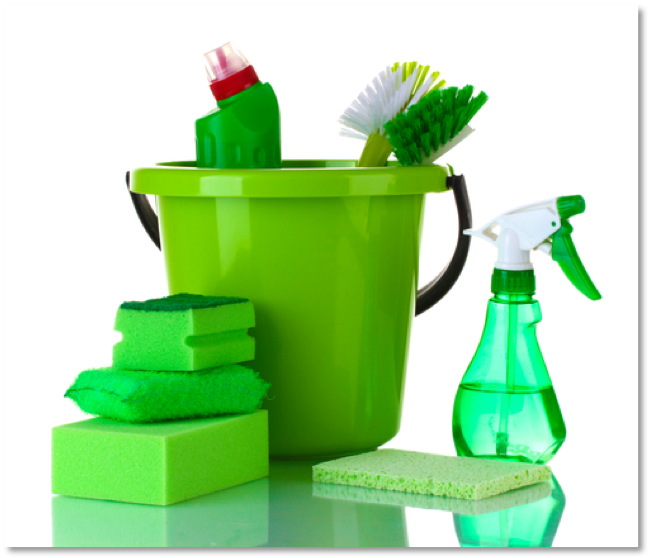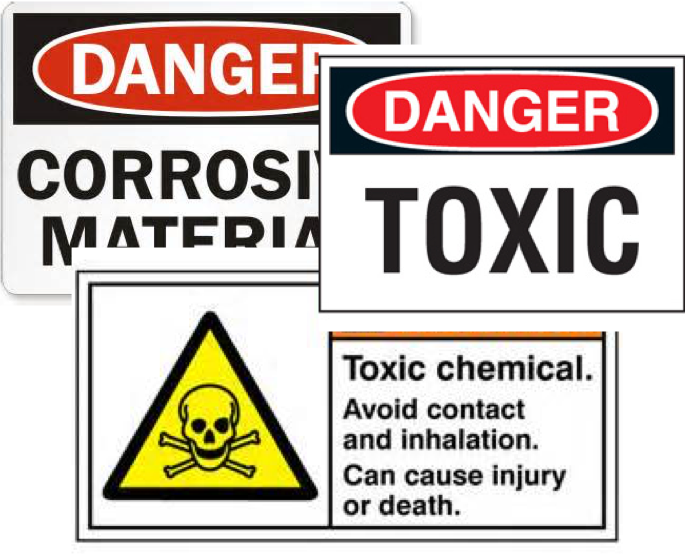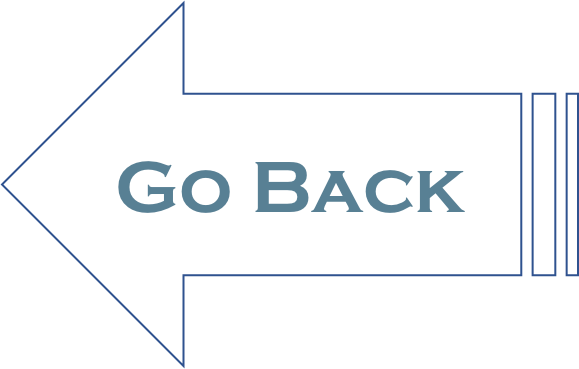Cleaning |
Page 18 |
It is inevitable that germs will spread to surfaces and objects after being soiled with blood or bodily fluids such as stool, urine, vomit, mucus, saliva, human milk, etc. To prevent the spread of germs and create a sanitary and hygienic environment for children, you need to regularly clean and disinfect those surfaces and objects. Keeping the child care environment clean is one of the best ways to help ensure that children stay healthy. Dirty toys, bedding, linens, eating utensils, and surfaces can carry and spread germs. Regular disinfecting should be a part of the routine in a child care setting.
Cleaning and disinfecting are not the same.
You need to do both to keep germs from spreading.
You need to do both to keep germs from spreading.
|
Cleaning gets rid of the dirt you can see.
Routine cleaning with soap and water is the most useful method for removing germs from surfaces in the child care setting. Good cleaning (scrubbing with soap and water) physically reduces the number of germs from the surface, just as hand washing reduces the number of germs from the hands. However, some items and surfaces should receive an additional step, disinfection, to kill germs after cleaning with soap and rinsing with clear water. |
Disinfecting or sanitizing means cleaning with a bleach solution (or other approved disinfectant) to kill and get rid of most of the germs you cannot see but which remain on surfaces after cleaning. The disinfection process uses chemicals that are stronger than soap and water, and will destroy and reduce the number of germs. It usually requires soaking or wetting the item for several minutes to give the chemical time to kill the remaining germs.
Items that can be washed in a dishwasher or hot cycle of a washing machine do not have to be disinfected because these machines use water that is hot enough for a long enough period of time to kill most germs.
Surfaces considered most likely to be contaminated are those with which children are most likely to have close contact. These include toys that children put in their mouths, crib rails, food preparation areas, and surfaces likely to become very contaminated with germs, such as diaper-changing areas. Sinks and sponges are the worst.
What Disinfectants Should Be Used?
A disinfectant is a chemical used to destroy harmful germs. One of the most commonly used chemicals for disinfection in child care settings is a homemade solution of household bleach and water. Bleach is cheap and easy to get. The solution of bleach and water is easy to mix, nontoxic, safe if handled properly, and kills most germs. Other commercial products that meet the Environmental Protection Agency’s (EPA’s) standards for hospitals may be used for the purpose of disinfection.
Remember that disinfecting is included in most states' child care licensing regulations.
Different states have different rules about disinfecting solutions, water temperatures, and the use of dishwashers.
Different states have different rules about disinfecting solutions, water temperatures, and the use of dishwashers.
Be Cautious about Using Commercial Disinfectants
Not all cleaning chemicals are safe and appropriate for use in a group child care setting. Here are some cautions to be aware of.
Products that meet the Environmental Protection Agency’s (EPA) standards for “hospital grade” germicides (solutions that kill germs) often are promoted for use in child care. But many of these products are dangerous and potentially even toxic to children. It is important to read product labels carefully.
|
Do not use cleaning products that carry a DANGER or a CORROSIVE label warning in your child care program.
Be cautious about commercial or industrial products that advertise themselves as “disinfectants,” having “germicidal action,” or being able to “kill germs.” Often these products carry a warning label on the front of the container because they are toxic. |
Before using anything other than a bleach and water solution for disinfecting, check with your child care nurse consultant or licensing agency to make sure it's acceptable for use in child care. If you do decide to use an EPA-approved industrial product as a sanitizer, carefully read the label and always follow the manufacturer’s instructions exactly.
Optional Resources Items to Save for Reference
Different states have different rules about disinfecting solutions, water temperatures, and the use of dishwashers.



